
My instructor was in the seat behind me. He was always yelling at me. This time, he was yelling that I needed more rudder when I used aileron. I was a teenager. I thought he was mad at me. I know now he was just trying to be heard over the ambient airplane noise. The airplane was an Aeronca 7AC Champion. It had no electrical or intercom systems, and we had no headsets.
I didn’t think of the airplane as missing anything. The other airplanes on the field were similar. I just thought that was the way airplanes were made. I had no idea of the march of avionics technology I was to witness in my flying future.
Of course, we also had no electronic navigation. We used pilotage, comparing the chart to landmarks, and dead reckoning, holding a heading and speed and keeping track of time. In ground school, we learned to draw our proposed ground track on a chart. We drew another line to the destination representing wind direction and speed. We used the lines to plan our heading and time for the trip.
In the early ’50s, things became more complicated when the FAA mandated that pilots demonstrate emergency instrument skills for a private pilot certificate. This required airplanes with electrical systems for the turn indicator, as well as vacuum systems for the attitude and heading indicators.
I didn’t participate personally in this particular technological advance. The airplanes with instruments cost more to fly. I was saving up to go to college. The $8 per hour I was paying for airplane and instructor was all I felt I could afford. After I soloed the Aeronca on my 16th birthday, I decided to stop this outrageous expenditure and quit flying.
This story is from the March 2020 edition of Flying.
Start your 7-day Magzter GOLD free trial to access thousands of curated premium stories, and 9,000+ magazines and newspapers.
Already a subscriber ? Sign In
This story is from the March 2020 edition of Flying.
Start your 7-day Magzter GOLD free trial to access thousands of curated premium stories, and 9,000+ magazines and newspapers.
Already a subscriber? Sign In
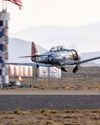
The Temple of Speed
Reno entices even this altitude-oriented pilot.

Flat Sixes
Fanatical artisans
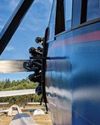
Blue over Green, Tent in Between
I’m old , I’m cranky. Why do I keep air-camping?
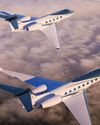
Gulfstream Reveals G400, G800
The product lineup gains large-cabin and ultralong-range mounts.
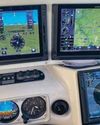
Every Airplane Requires a Checkout
Embrace the challenge of mastering a new machine.
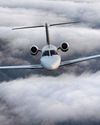
Fuhggedaboutit
Fifty-plus years of f lying forgetfulness

THE MAULE FAMILY APPROACHABLE AIRCRAFT
Choose your mount —the Maules do it all.

Sisters
“ Women certainly have the courage and tenacity required for long flights.” —Mildred Doran
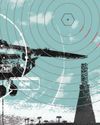
INSIDE OUT OR OUTSIDE IN?
What kind of pilot should you be?
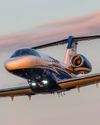
WE FLY: CESSNA CITATION CJ4 GEN2
THE FLAGSHIP CJ JUST GOT A WHOLE LOT BETTER.